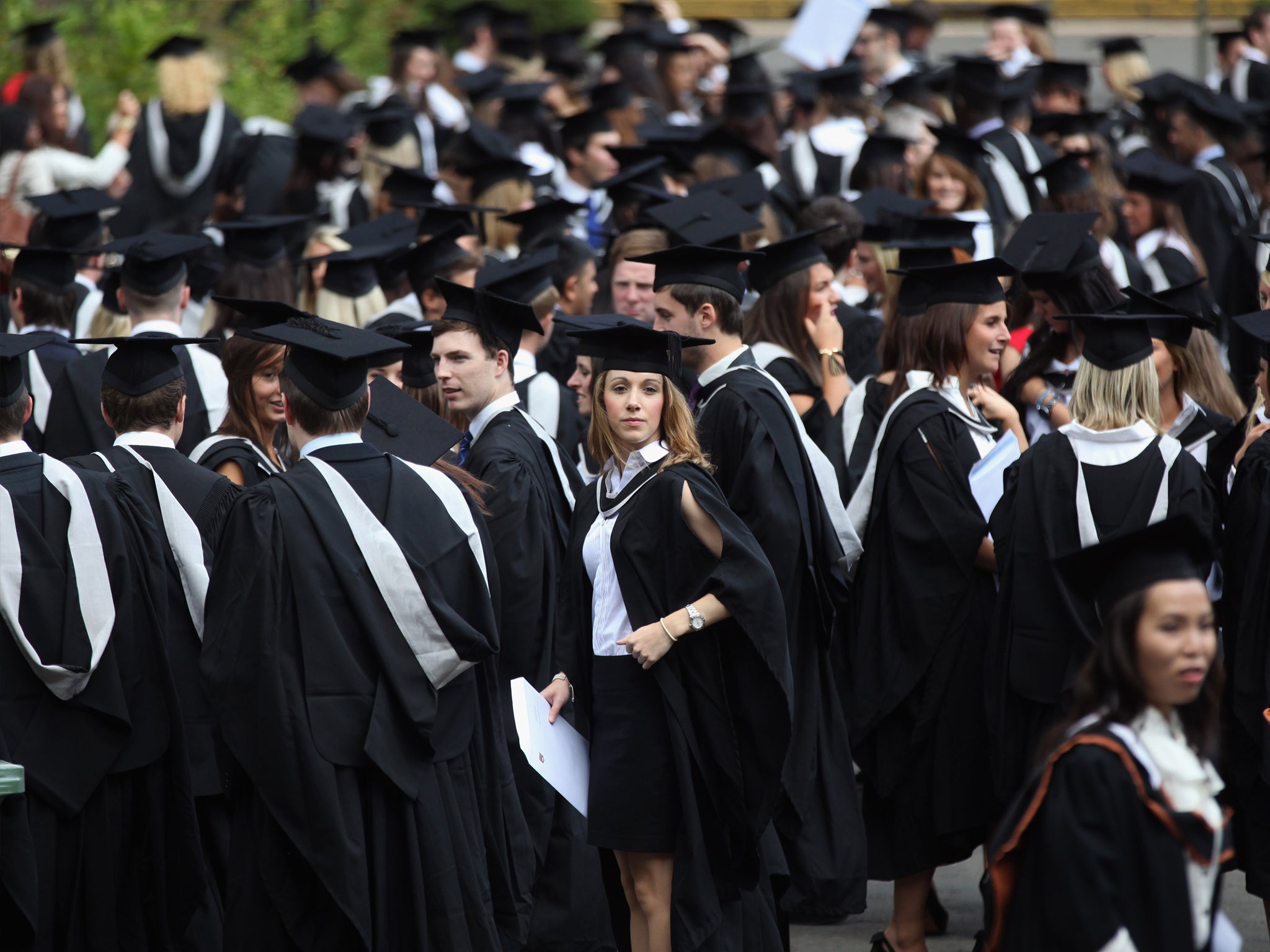Two charts that show how much student maintenance grants actually cost and who had them
Students on arts based courses were 'significantly more likely' to take out maintenance loans

Your support helps us to tell the story
From reproductive rights to climate change to Big Tech, The Independent is on the ground when the story is developing. Whether it's investigating the financials of Elon Musk's pro-Trump PAC or producing our latest documentary, 'The A Word', which shines a light on the American women fighting for reproductive rights, we know how important it is to parse out the facts from the messaging.
At such a critical moment in US history, we need reporters on the ground. Your donation allows us to keep sending journalists to speak to both sides of the story.
The Independent is trusted by Americans across the entire political spectrum. And unlike many other quality news outlets, we choose not to lock Americans out of our reporting and analysis with paywalls. We believe quality journalism should be available to everyone, paid for by those who can afford it.
Your support makes all the difference.George Osborne’s all Conservative budget on Wednesday revealed the decision to scrap maintenance grants for students from low income families, replacing them with loans.
Many have said the fact that Mr Osborne has raised the maximum loan available to students from poor backgrounds to £8,200 will only land them in deeper levels of debt to repay.
But how much do maintenance grants cost?
Over 900,000 have received maintenance grants every year for the past four academic years. The average value of these grants has risen year on year due to the rising costs of living, and the total value of these grants has varied around the £3.5 billion mark every year.
According to UK Parliament statistics, those significantly more likely to take out maintenance loans were "students from routine and manual (family) backgrounds" and those on arts-based courses.
Significantly less likely to take out a maintenance loan were "students from a managerial, professional or intermediate (family) background, non-first degree undergraduates, students living at home, London-based students and students studying medicine or dentistry and subjects allied to health (where other funding is available)."
Sir Peter Lampl, chairman of the Sutton Trust, said on Wednesday: "Since grants were reintroduced, there have been significant improvements in participation from full-time less advantaged students, and this will be put at risk by today’s Budget plans."
"The reality is that the Government has miscalculated the levels of repayments it will get from its student loans under the new fees system. Rather than penalising poorer students, it should have a fundamental review of the repayments system. We need long-term solutions not a short-term fix."
At the end of 2014-15 total publicly owned debt for English students and EU students studying in England was £64.7 billion.
The increase seen in 2014-15 alone was more than £10 billion.
Join our commenting forum
Join thought-provoking conversations, follow other Independent readers and see their replies
Comments